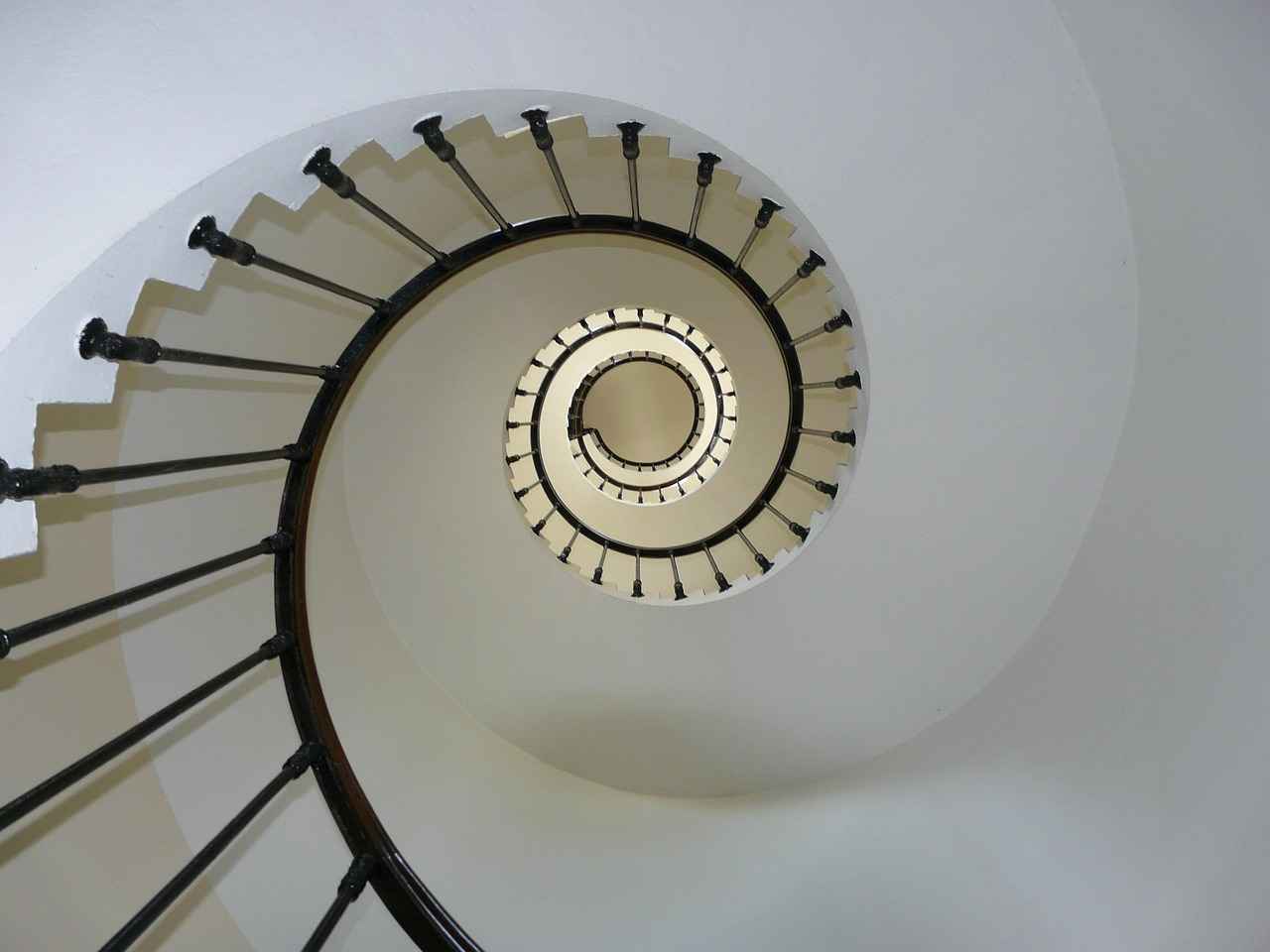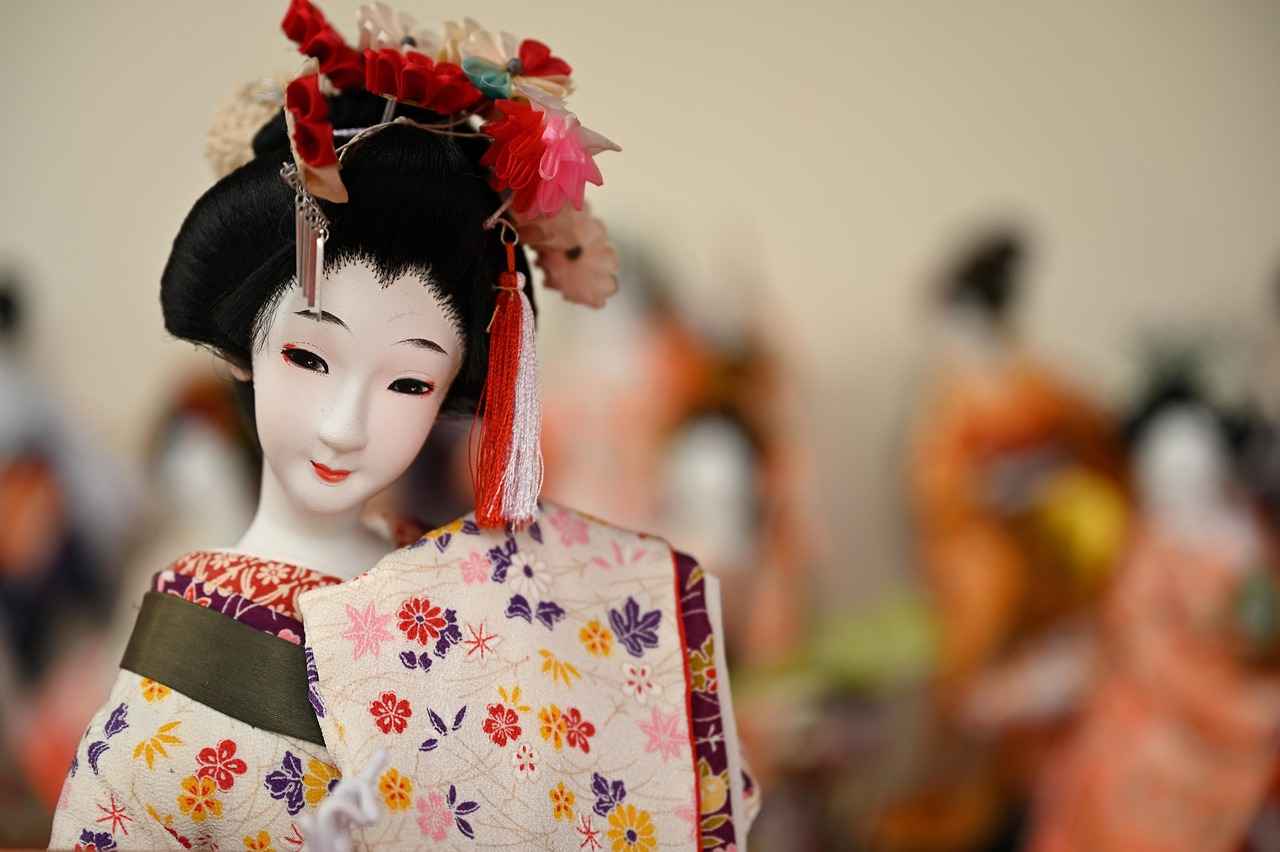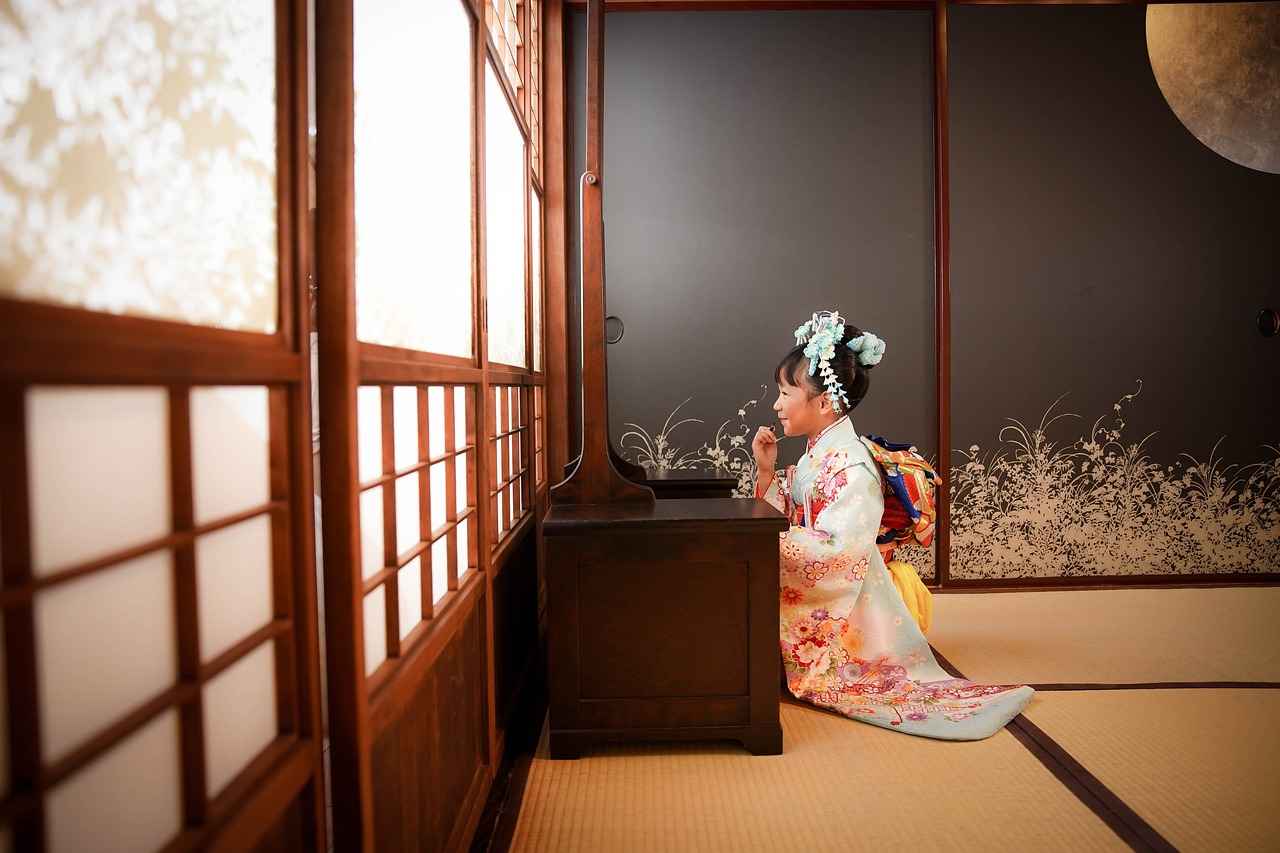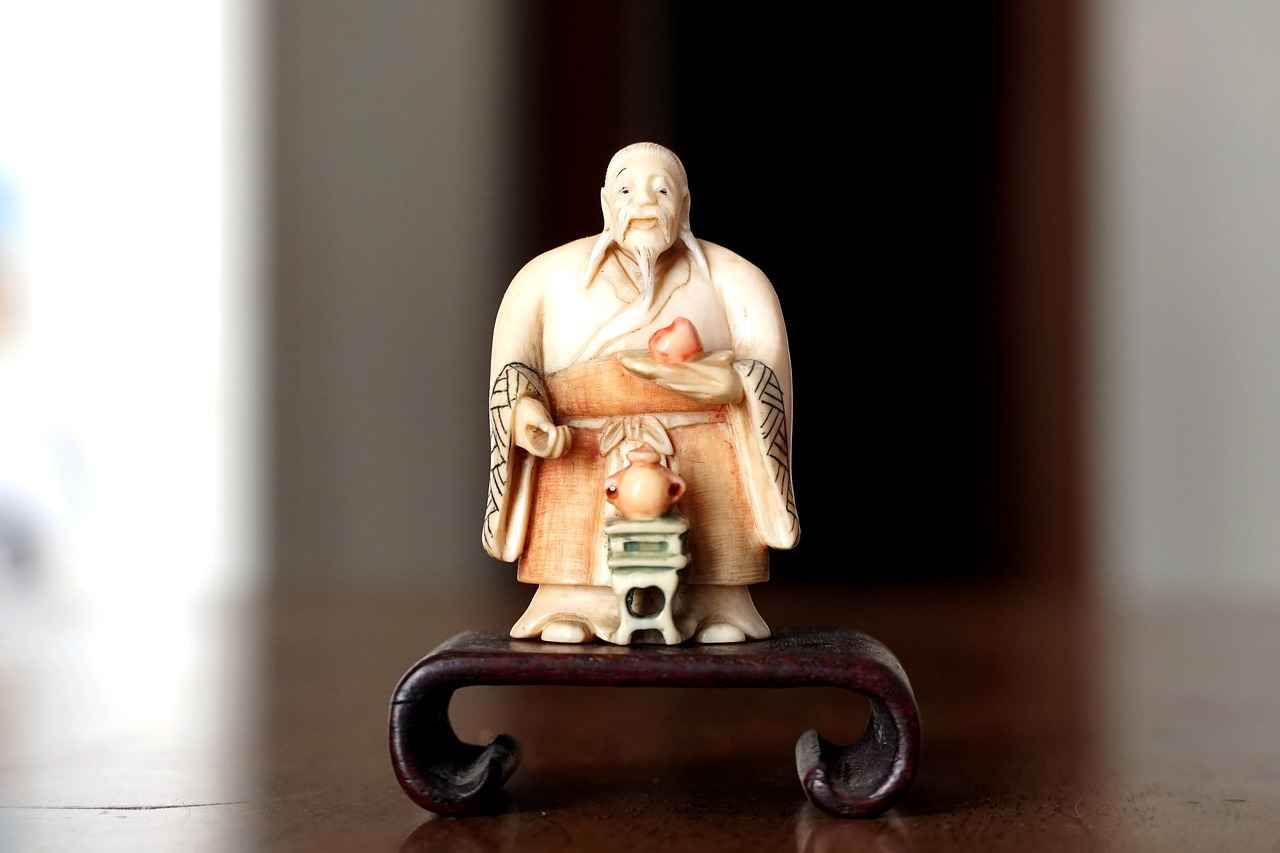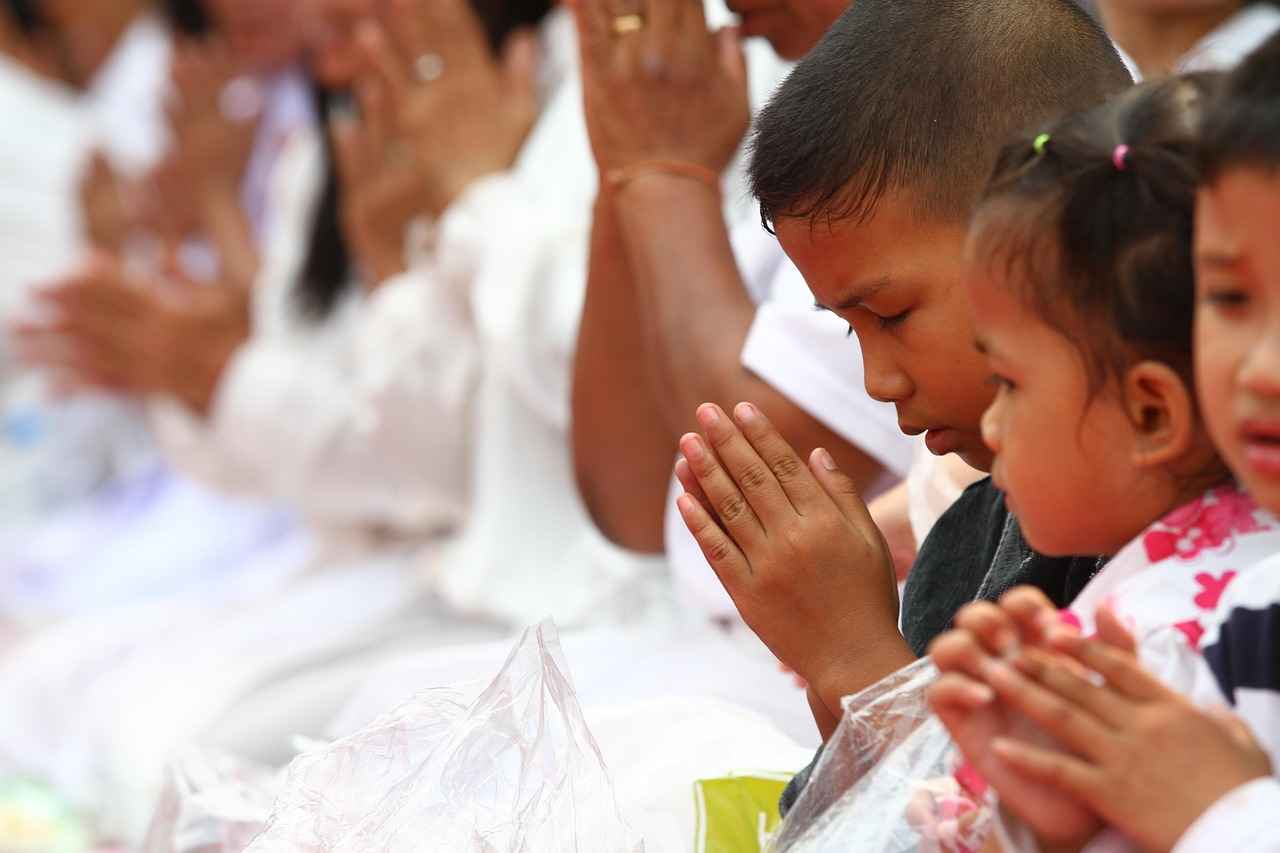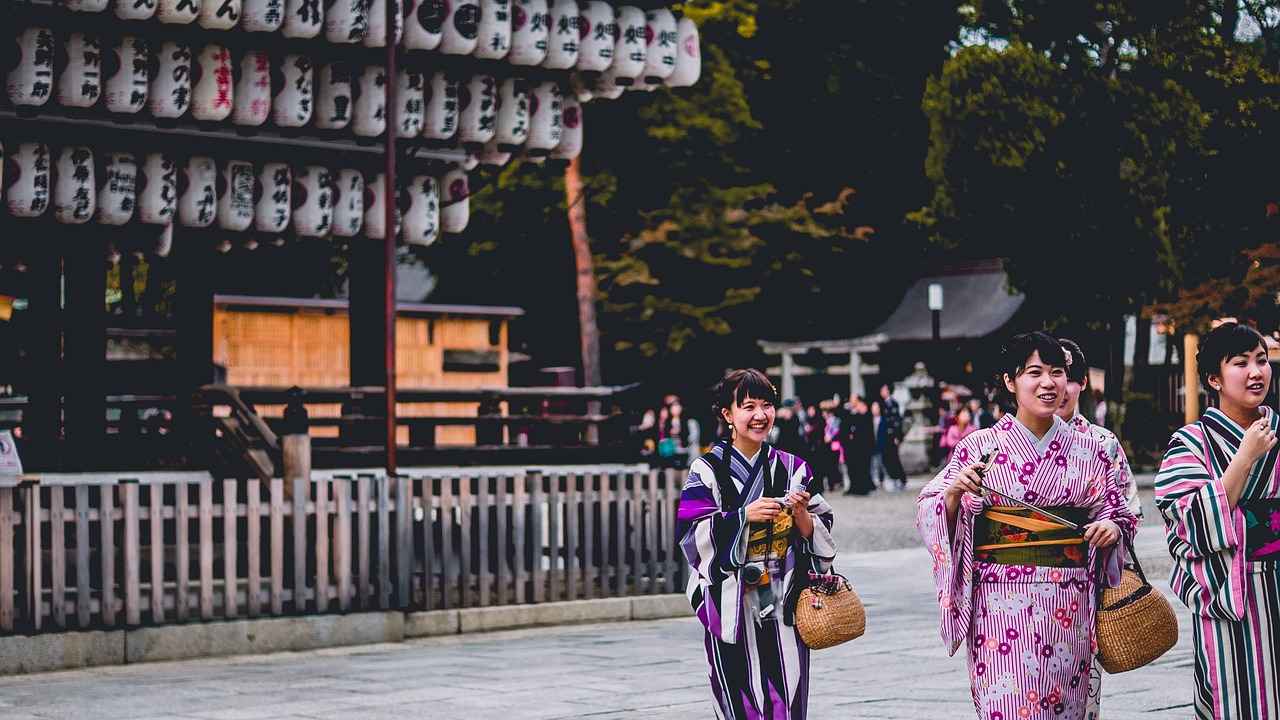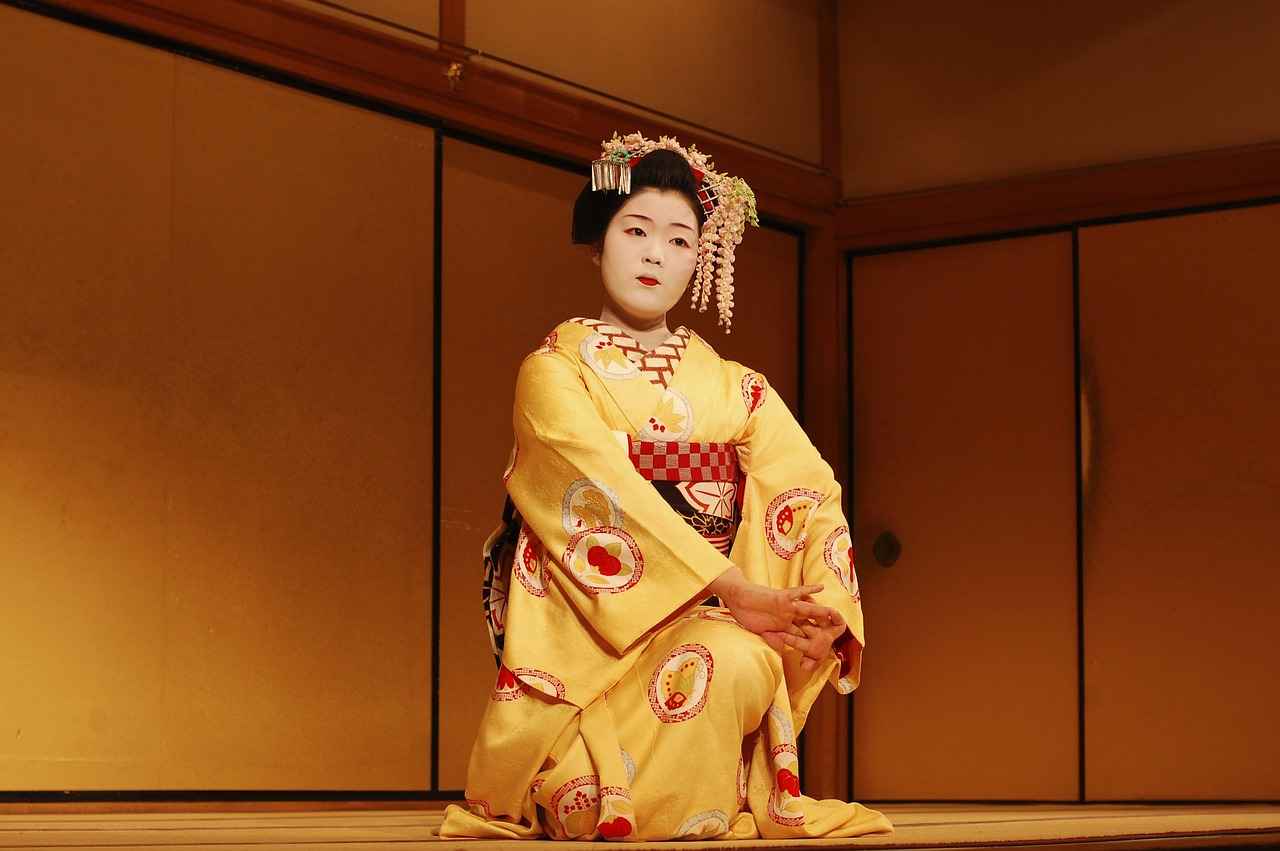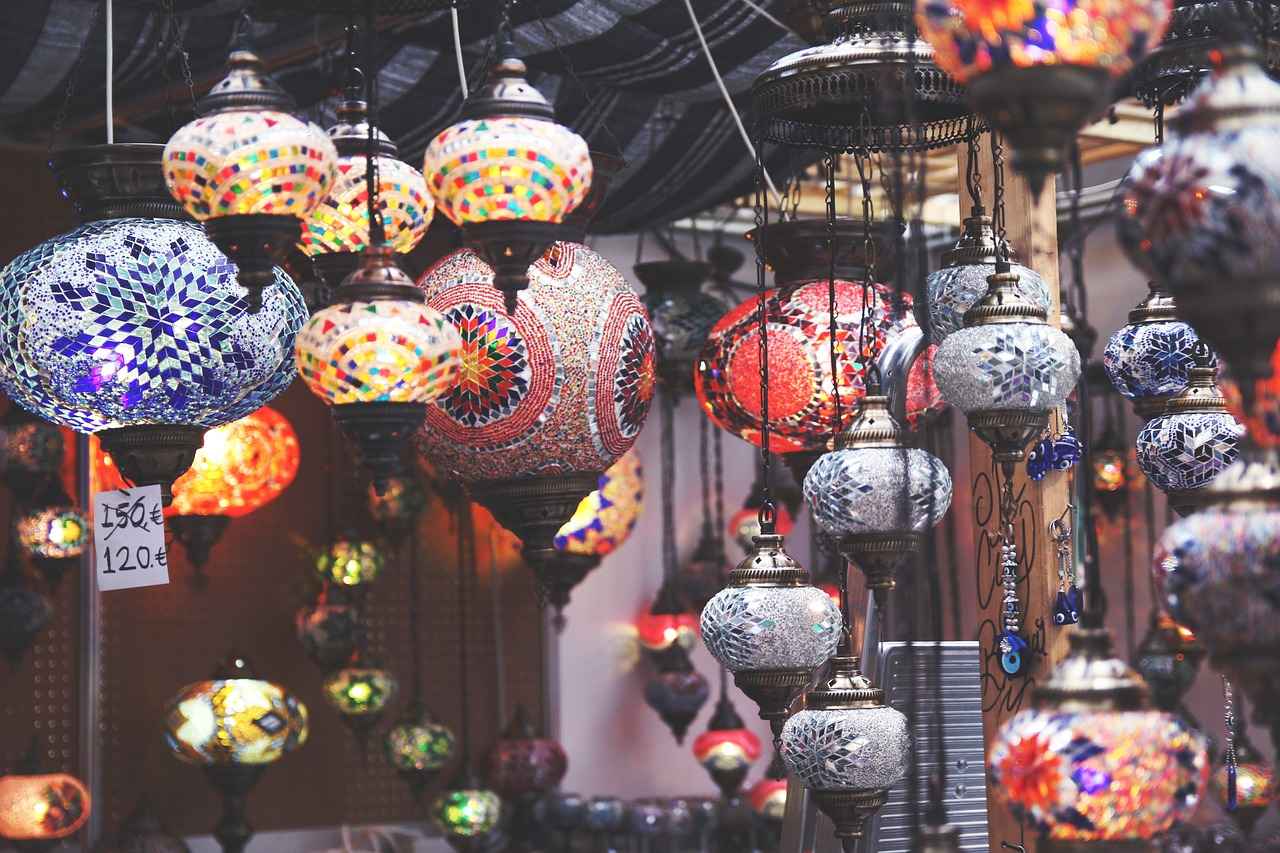Delve into the rich history, intricate patterns, and cultural significance of kimono drawing and designs, revealing their evolution and the artistry behind this traditional Japanese garment. Kimonos are not just clothing; they are a reflection of Japan’s cultural identity and artistic expression.
The Historical Significance of Kimonos
Kimonos have been a vital part of Japanese culture for centuries, serving as symbols of various social statuses, occasions, and even seasons. Their evolution mirrors Japan’s historical transformations, from the Heian period’s ornate styles to contemporary designs that blend tradition with modernity.
Essential Elements of Kimono Design
- Fabrics: The choice of fabric such as silk, cotton, or synthetic materials significantly influences the kimono’s look and feel.
- Colors: Each color used in kimono designs carries a specific meaning, often reflecting the wearer’s emotions or the season.
- Patterns: Motifs are crucial, often depicting nature or historical events, adding layers of meaning to each garment.
Patterns and Motifs in Kimono Art
Patterns play an essential role in kimono design. From floral designs to seasonal motifs, each pattern tells a story. For instance, cherry blossoms symbolize the transient beauty of life, while cranes represent longevity and good fortune.
The Art of Kimono Drawing
Kimono drawing merges traditional techniques with modern artistry. Artists utilize a variety of methods, from hand-drawing to digital design, allowing for a unique expression of creativity that resonates with both traditionalists and modern fashion enthusiasts.
Modern Innovations in Kimono Design
Today’s designers are reimagining kimonos by incorporating contemporary aesthetics, appealing to a global audience while respecting the garment’s rich heritage. This fusion of styles ensures the kimono remains relevant and cherished in modern fashion.
In conclusion, the art of kimono drawing and design is a captivating blend of history, culture, and artistry. By understanding its significance, we gain deeper appreciation for this timeless garment.
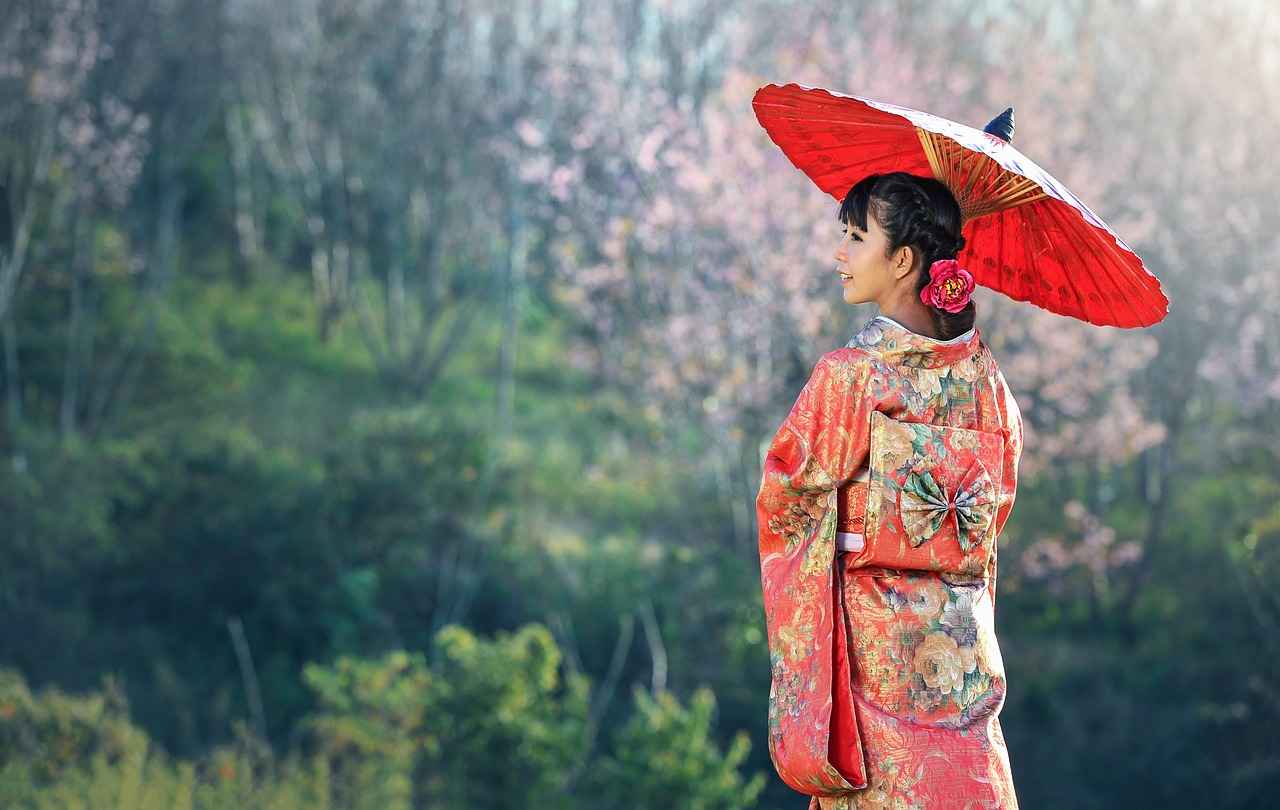
The Historical Significance of Kimonos
Kimonos, the iconic traditional garment of Japan, possess a rich and intricate history that reflects the cultural and social evolution of the nation. Originating over a thousand years ago, these garments symbolize not only fashion but also the values, beliefs, and artistry of Japanese society.
Initially, kimonos were simple, utilitarian garments worn by all classes. However, as Japan transitioned through various historical periods, the kimono evolved in both style and significance. During the Heian period (794-1185), kimonos became more elaborate, adorned with intricate patterns and vibrant colors that represented the wearer’s status and aesthetic sensibilities.
Throughout the Edo period (1603-1868), kimonos became a canvas for artistic expression, showcasing elaborate designs inspired by nature, mythology, and seasonal changes. This era saw the rise of unique dyeing techniques and textile innovations, which enhanced the visual appeal of kimonos. The use of silk, in particular, became synonymous with luxury and refinement, making silk kimonos a staple for the elite and a symbol of prestige.
| Period | Characteristics |
|---|---|
| Heian Period | Simple designs, focus on color and layering |
| Edo Period | Elaborate patterns, artistic expression, silk dominance |
| Modern Era | Fusion of traditional and contemporary styles |
In contemporary Japan, kimonos continue to hold cultural significance, often worn during ceremonial occasions such as weddings, tea ceremonies, and festivals. The evolution of the kimono reflects broader changes in Japanese society, including the influence of Western fashion and the ongoing appreciation for traditional craftsmanship.
Understanding the historical significance of kimonos offers a glimpse into Japan’s social dynamics and artistic heritage, illustrating how this timeless garment serves as a bridge between the past and the present.

Essential Elements of Kimono Design
The Essential Elements of Kimono Design
The design of a kimono is a captivating blend of artistry and cultural significance. Each kimono tells a story through its fabric, color, and patterns, which are meticulously chosen to convey specific messages and cultural meanings. Understanding these essential elements can deepen one’s appreciation for this traditional Japanese garment.
| Element | Description |
|---|---|
| Fabric | Kimonos are made from various fabrics, with silk being the most luxurious and often reserved for formal occasions. Cotton kimonos, on the other hand, are more casual and suitable for everyday wear. |
| Color | Colors in kimonos are rich with symbolism. For instance, red often signifies good fortune, while white represents purity. Understanding these color associations enhances the cultural context of the garment. |
| Patterns | Patterns in kimono designs are typically inspired by nature and seasonal changes. Each motif, such as cherry blossoms for spring or maple leaves for autumn, carries its own significance, reflecting the beauty of the natural world. |
Each component of kimono design is intertwined with Japan’s rich cultural heritage. The choice of fabric not only affects the garment’s aesthetic but also its appropriateness for various occasions. For example, a silk kimono adorned with intricate patterns may be worn during weddings or formal ceremonies, while a cotton kimono with simpler designs could be worn during festivals or casual outings.
In conclusion, the essential elements of kimono design—fabric, color, and patterns—are crucial in conveying the cultural narratives and meanings embedded within this beautiful attire. By appreciating these elements, one can gain a deeper understanding of the artistry and tradition that kimonos represent in Japanese culture.
Fabrics Used in Kimono Making
The art of kimono making is a fascinating blend of tradition and craftsmanship, with the choice of fabric playing a crucial role in the overall aesthetic and functionality of the garment. Various fabrics are utilized in the creation of kimonos, each bringing its own unique qualities and significance.
- Silk: Silk is the most prestigious fabric used in kimono production. Renowned for its luxurious feel and brilliant sheen, silk kimonos are often reserved for formal occasions such as weddings and traditional ceremonies. The intricate weaving techniques used in silk production allow for stunning patterns and vibrant colors, showcasing the artisan’s skill.
- Cotton: Cotton kimonos are typically more casual and comfortable, making them suitable for everyday wear. They are particularly popular during the warmer months due to their breathability and ease of care. Cotton kimonos often feature playful designs and are a favorite choice for summer festivals.
- Synthetic Materials: With advancements in textile technology, synthetic fabrics have become increasingly popular in kimono production. These materials offer durability and affordability, making them accessible to a wider audience. While they may lack the traditional charm of silk or the comfort of cotton, modern synthetics can mimic the appearance of natural fibers and are often used in contemporary kimono designs.
Each fabric type not only impacts the garment’s appearance but also influences its feel and the occasion suitability. Understanding these differences is essential for anyone looking to appreciate the artistry and cultural significance of kimonos.
In conclusion, the choice of fabric in kimono making is a reflection of both tradition and modernity, with each material offering unique characteristics that contribute to the overall beauty and purpose of this iconic garment.
Silk Kimonos
represent the pinnacle of luxury in traditional Japanese attire, often reserved for formal occasions. These exquisite garments are characterized by their intricate designs and exceptional craftsmanship, reflecting the rich cultural heritage of Japan.
Historically, silk has been a prized fabric due to its soft texture and luster, making it the preferred choice for kimonos worn during significant ceremonies such as weddings, tea ceremonies, and festivals. The use of silk not only enhances the visual appeal of the kimono but also signifies the status and sophistication of the wearer.
Each silk kimono is a masterpiece, often featuring elaborate patterns that tell a story or convey specific cultural meanings. Common motifs include floral designs, geometric shapes, and nature-inspired themes, each meticulously crafted to ensure that every piece is unique. The artistry involved in creating these designs showcases the skill of the artisans who have perfected their craft over generations.
In addition to their aesthetic qualities, silk kimonos also hold significant cultural importance. They are often passed down through families as treasured heirlooms, embodying not just the beauty of the garment but also the traditions and memories associated with them. Wearing a silk kimono is not merely about fashion; it is an expression of identity and respect for Japanese culture.
Moreover, the care and maintenance of silk kimonos require special attention. These garments must be dry-cleaned and stored properly to preserve their delicate fabric and intricate designs. This level of care further emphasizes the value placed on silk kimonos within Japanese society.
In conclusion, silk kimonos stand as a testament to the artistry and cultural significance of Japanese fashion. Their luxurious nature, combined with the depth of meaning behind their designs, makes them a cherished element of Japan’s rich heritage.
Cotton Kimonos
are a delightful blend of comfort and style, making them a popular choice for everyday wear, especially during the warmer months. Unlike their silk counterparts, cotton kimonos are designed to be lightweight and breathable, allowing for ease of movement and comfort in hot weather. Their casual nature makes them versatile, suitable for various occasions, from lounging at home to casual outings.
One of the key features of cotton kimonos is their affordability. They are often more budget-friendly than silk kimonos, making them accessible to a broader audience. This affordability does not compromise style; many cotton kimonos come in an array of vibrant colors and intricate patterns, reflecting traditional Japanese designs while also appealing to modern tastes.
Another advantage of cotton kimonos is their easy maintenance. They are machine washable and tend to hold up well over time, making them an excellent choice for those who lead busy lives. The fabric’s durability ensures that these garments can withstand regular wear without losing their charm.
In addition to their practical benefits, cotton kimonos often feature unique prints and motifs that tell a story or represent cultural symbols. From floral designs to geometric patterns, each kimono can express individuality and personal style. This makes them not just a piece of clothing, but a canvas for artistic expression.
Ultimately, cotton kimonos are more than just comfortable attire; they embody a rich cultural heritage while adapting to contemporary fashion trends. Their versatility, affordability, and ease of care make them an essential addition to any wardrobe, especially during the warmer months.
Color Symbolism in Kimonos
The kimono, a traditional Japanese garment, is renowned not only for its exquisite craftsmanship but also for the profound cultural meanings embedded within its colors. Each hue conveys a unique message and reflects the wearer’s sentiments, social status, and even the occasion for which the kimono is worn. Understanding the symbolism of colors in kimono designs enhances appreciation for this beautiful garment and its artistry.
| Color | Symbolism |
|---|---|
| Red | Often associated with happiness, good fortune, and celebration, red is a popular choice for festive occasions. |
| Blue | Symbolizing calmness and stability, blue is frequently used in kimonos intended for more formal or somber events. |
| Green | Representing nature and growth, green kimonos are often worn in spring and symbolize renewal. |
| Black | Traditionally associated with elegance and formality, black kimonos are often worn during funerals or formal ceremonies. |
| White | Symbolizing purity and simplicity, white is commonly seen in wedding kimonos, representing a new beginning. |
In addition to individual colors, the combination of hues can also convey complex sentiments. For instance, a kimono featuring both red and white can symbolize joy and purity, making it suitable for celebratory events. Furthermore, the context of the occasion plays a crucial role in color selection. For instance, vibrant colors might be chosen for a wedding, while more subdued tones may be reserved for mourning.
Ultimately, the artistry of kimono design goes beyond mere aesthetics. The thoughtful selection of colors reflects a deep understanding of cultural traditions and personal expression. By appreciating these color meanings, one can gain a richer understanding of the kimono’s significance and the stories it tells through its vibrant palette.
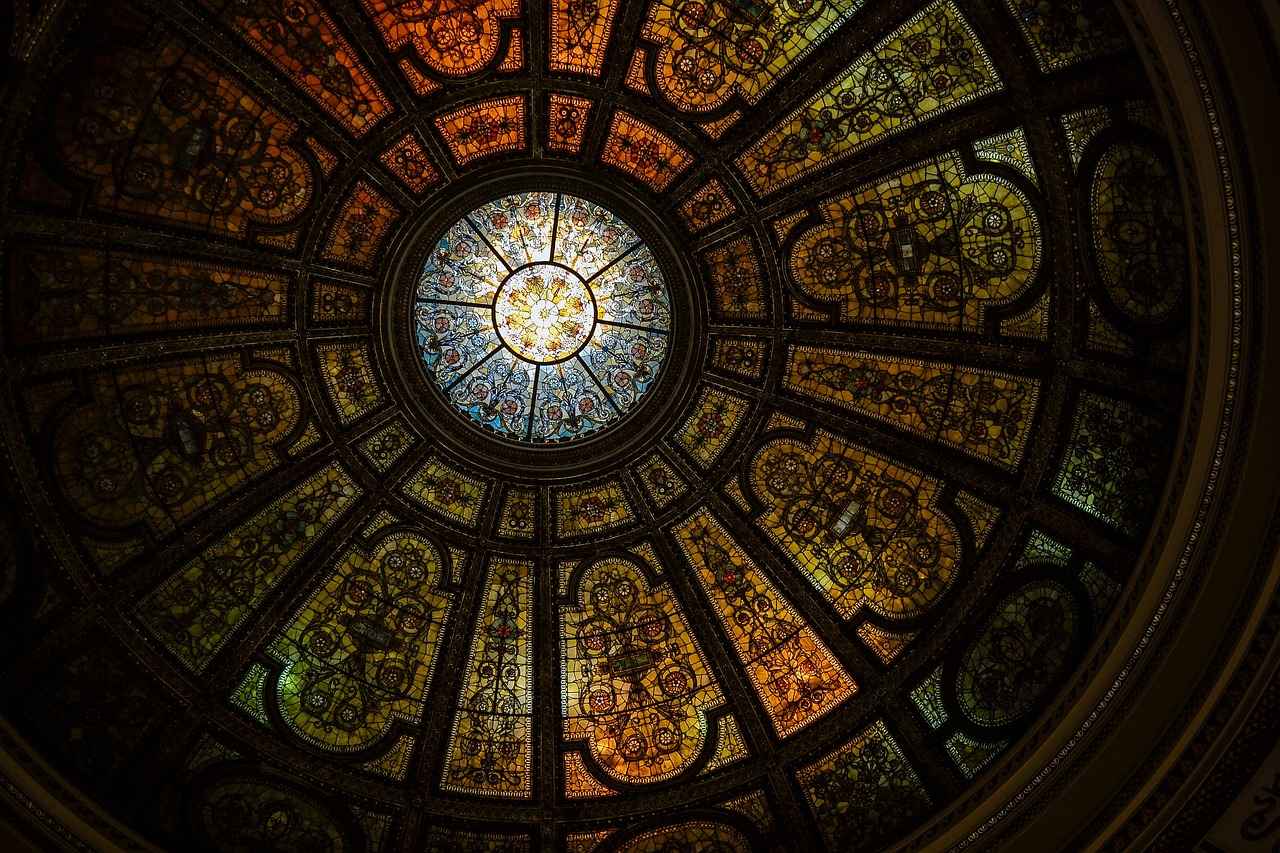
Patterns and Motifs in Kimono Art
Patterns and motifs play a pivotal role in the artistic expression of kimono design, showcasing the rich tapestry of Japanese culture and history. These elements are not merely decorative; they serve as visual narratives that encapsulate the essence of nature, seasons, and significant historical events.
Each kimono pattern is imbued with meaning, often reflecting the wearer’s personality, social status, or the occasion for which the garment is worn. For instance, floral designs are prevalent in spring kimonos, symbolizing renewal and beauty. In contrast, autumn motifs may feature falling leaves, representing the transient nature of life.
| Pattern Type | Symbolism | Season |
|---|---|---|
| Cherry Blossoms | Beauty and the fleeting nature of life | Spring |
| Crane | Longevity and good fortune | Year-round |
| Maple Leaves | Change and maturity | Autumn |
| Waves | Strength and resilience | Year-round |
Furthermore, historical events have influenced kimono designs, with patterns evolving to commemorate significant moments. For example, motifs depicting battles or festivals celebrate cultural heritage and collective memory.
In addition to their aesthetic appeal, these patterns often serve practical purposes. They can indicate the age of the kimono, the formality of the occasion, or even the social standing of the wearer. This intricate relationship between design and meaning is what makes kimono art so fascinating.
In conclusion, the patterns and motifs found in kimono designs are a rich language of their own, offering insight into the natural world, cultural values, and historical narratives. By understanding these elements, one can appreciate the depth and significance of this traditional garment.
Nature-Inspired Designs
in kimono art are not just aesthetic choices; they are profound representations of Japan’s rich cultural heritage and deep connection to the environment. Kimonos often feature intricate motifs that draw inspiration from the natural world, including flowers, birds, and landscapes. Each of these elements symbolizes various aspects of beauty and harmony, reflecting the values and beliefs of Japanese society.
For instance, floral patterns are particularly significant, with different flowers representing various meanings. The cherry blossom, or sakura, is a symbol of the transient nature of life, while the lotus signifies purity and enlightenment. Birds, such as the crane, are often depicted in kimono designs, symbolizing longevity and good fortune. Landscapes, featuring mountains, rivers, and seasonal changes, evoke a sense of tranquility and connection to nature.
The choice of these nature-inspired motifs is not random; they are carefully selected to convey specific messages and emotions. For example, a kimono adorned with autumn leaves might be worn during the fall season, celebrating the beauty of change and the passage of time. This thoughtful integration of nature into kimono design serves to remind the wearer of their place within the natural world.
Furthermore, these motifs also reflect the seasonal changes that are so important in Japanese culture. Each season brings its own unique beauty, and kimonos are often designed to celebrate these transitions. In spring, vibrant florals dominate, while summer might feature cool, flowing water patterns. Autumn kimonos may showcase warm hues of red and orange leaves, and winter designs often include serene, snow-covered landscapes.
In conclusion, the art of kimono design is a beautiful tapestry woven from nature’s elements, each telling a story and enriching the cultural significance of this traditional garment. By wearing a kimono adorned with these motifs, individuals not only embrace a piece of art but also connect with the deeper meanings and traditions that have been cherished in Japan for centuries.
Seasonal Patterns
in kimono designs are a captivating aspect of this traditional Japanese garment, reflecting the beauty and essence of nature throughout the year. Each season brings a unique palette of colors and motifs that not only celebrate the changing landscape but also convey cultural meanings and sentiments associated with each time of year.
In spring, kimonos often feature vibrant colors like pink and green, symbolizing renewal and the blossoming of cherry blossoms. Motifs such as flowers, particularly sakura, are prevalent, representing beauty and the fleeting nature of life. This season is a time of celebration and hope, and the designs encapsulate this spirit.
As summer arrives, kimonos embrace brighter shades like yellow and blue, reflecting the warmth and vitality of the season. Patterns may include waves and sunflowers, evoking a sense of joy and leisure. The use of lightweight fabrics during this time enhances comfort, allowing wearers to enjoy the summer festivities.
Autumn brings a shift to deeper hues such as red, orange, and brown, mirroring the changing foliage. Kimonos adorned with motifs like maple leaves and chestnuts celebrate the harvest season and the beauty of nature’s transformation. This season is often associated with reflection and gratitude, and the designs reflect this sentiment.
Finally, winter kimonos typically showcase cooler colors like blue and white, symbolizing tranquility and purity. Motifs may include snowflakes and pine trees, evoking the serene beauty of winter landscapes. These designs often convey a sense of calm and resilience, celebrating the quiet beauty of the season.
In conclusion, the in kimono designs are a beautiful representation of Japan’s rich cultural heritage. Each design not only reflects the changing seasons but also carries deep meanings and emotions, making kimonos a timeless expression of art and tradition.

The Art of Kimono Drawing
is a captivating field that merges tradition with creativity. This intricate art form requires not only artistic talent but also a profound understanding of cultural heritage and the techniques that have been passed down through generations. The result is a stunning visual representation that tells a story through fabric, color, and pattern.
Kimono drawing is rooted in a rich history, with each design reflecting the cultural significance of the time. Artists who specialize in this craft must master various techniques, ensuring that their designs honor traditional practices while also embracing modern influences. This duality allows for a unique expression that resonates with both local and global audiences.
One of the essential aspects of kimono drawing is the use of color symbolism. Colors are not chosen arbitrarily; they carry deep meanings and are often associated with specific occasions or sentiments. For instance, red may symbolize happiness and good fortune, while blue can represent calmness and tranquility. Understanding these meanings enriches the viewer’s appreciation of the artwork.
Moreover, the patterns and motifs used in kimono designs play a crucial role in storytelling. Many designs are inspired by nature, featuring elements like flowers, birds, and landscapes that symbolize beauty and harmony. Seasonal patterns also reflect the changing times, with specific motifs celebrating the essence of spring, summer, autumn, and winter.
In contemporary practice, artists are blending traditional techniques with modern aesthetics, resulting in innovative designs that appeal to a wider audience. This evolution of kimono drawing showcases how the art form continues to thrive, adapting to the tastes and preferences of new generations.
In conclusion, the art of kimono drawing is a vibrant fusion of history, culture, and personal expression. It invites both artists and admirers to explore the intricate beauty and meaning behind each design, ensuring that this traditional craft remains relevant in today’s world.
Techniques in Kimono Drawing
The art of kimono drawing is a fascinating blend of tradition and innovation, showcasing a variety of techniques that contribute to the garment’s unique character. From the meticulous strokes of hand-drawing to the precision of digital methods, each technique plays a vital role in the creation of stunning kimono designs.
Traditionally, hand-drawing has been the cornerstone of kimono design. Artists employ intricate brushwork to create detailed patterns and motifs that reflect Japan’s rich cultural heritage. This method not only allows for a personal touch but also embodies the artist’s skill and creativity. Each stroke tells a story, capturing the essence of nature, seasons, and historical events.
In contrast, digital techniques have emerged as a modern alternative, enabling designers to experiment with colors and patterns in ways that were previously unimaginable. Software programs allow for quick adjustments and the ability to visualize designs before they are finalized. This fusion of technology with traditional artistry opens new avenues for creativity, appealing to a younger, global audience.
| Technique | Description | Advantages |
|---|---|---|
| Hand-Drawing | Manual creation of designs using brushes and ink. | Personal touch, intricate details, cultural authenticity. |
| Digital Design | Using software to create and manipulate designs. | Flexibility, quick adjustments, modern aesthetics. |
Moreover, some artists combine both techniques, creating hybrid designs that maintain the authenticity of traditional kimono art while embracing contemporary styles. This approach not only preserves the cultural significance of kimonos but also ensures their relevance in today’s fashion landscape.
In conclusion, the various techniques in kimono drawing, whether traditional or modern, contribute to the garment’s unique character and artistic expression. As these methods continue to evolve, they reflect the dynamic interplay between Japan’s rich heritage and the influences of modern design.
Modern Innovations in Kimono Design
In recent years, the world of kimono design has witnessed a remarkable transformation, as contemporary designers skillfully blend traditional elements with modern aesthetics. This fusion not only revitalizes the kimono but also makes it appealing to a global audience while maintaining a deep respect for its rich cultural heritage.
The evolution of kimono design reflects a broader trend in fashion where cultural garments are reinterpreted to suit contemporary lifestyles. Designers are increasingly experimenting with materials, colors, and patterns, resulting in innovative pieces that honor the past while embracing the future.
- Textile Innovation: Modern kimonos often incorporate unconventional fabrics, such as eco-friendly materials and technical textiles, which enhance comfort and wearability.
- Color Palette: Traditional color schemes are being reimagined with vibrant hues and unexpected combinations, appealing to younger generations.
- Design Techniques: The integration of digital printing allows for intricate designs that were previously unattainable, opening new avenues for artistic expression.
Moreover, the rise of streetwear culture has influenced kimono styles, leading to the creation of casual kimonos that can be worn as everyday attire. This shift has made the kimono more accessible, breaking down barriers and allowing it to be embraced by diverse communities worldwide.
As designers continue to push boundaries, they are also mindful of the cultural significance of the kimono. Many incorporate traditional motifs and symbols, ensuring that the garments not only look modern but also tell a story rooted in history.
In conclusion, the innovative approaches taken by contemporary designers are breathing new life into the kimono, making it a symbol of both heritage and modernity. This evolution is a testament to the garment’s enduring appeal and its ability to adapt to the changing tides of fashion while honoring the traditions that define it.
Frequently Asked Questions
- What is the history behind kimonos?
Kimonos have a rich history that dates back centuries in Japan. They symbolize various cultural aspects and have evolved through different eras, reflecting social changes and artistic transformations. Each kimono style tells a story of its time, making them not just garments but historical artifacts.
- What materials are kimonos made from?
Kimonos are typically made from a variety of fabrics, with silk being the most luxurious and often reserved for formal occasions. Cotton kimonos offer a more casual feel, perfect for everyday wear. The choice of fabric greatly influences the garment’s look, feel, and appropriateness for different events.
- What do the colors in kimono designs represent?
Colors in kimono designs are loaded with meaning! Each hue can symbolize different emotions, seasons, or events. For instance, red often represents joy and celebration, while blue may signify calmness. Understanding these color meanings can deepen your appreciation for the artistry behind each kimono.
- How are patterns and motifs chosen for kimonos?
Patterns and motifs in kimonos are often inspired by nature, seasons, or historical events. Designers carefully select these elements to convey messages and emotions, making each kimono a unique piece of art. For example, floral designs might celebrate spring, while autumn leaves capture the essence of fall.
- Is kimono drawing a skill that can be learned?
Absolutely! Kimono drawing combines artistic talent with traditional techniques. Whether through hand-drawing or digital methods, aspiring artists can learn to create stunning designs. With practice, anyone can develop the skills needed to bring these beautiful garments to life!
